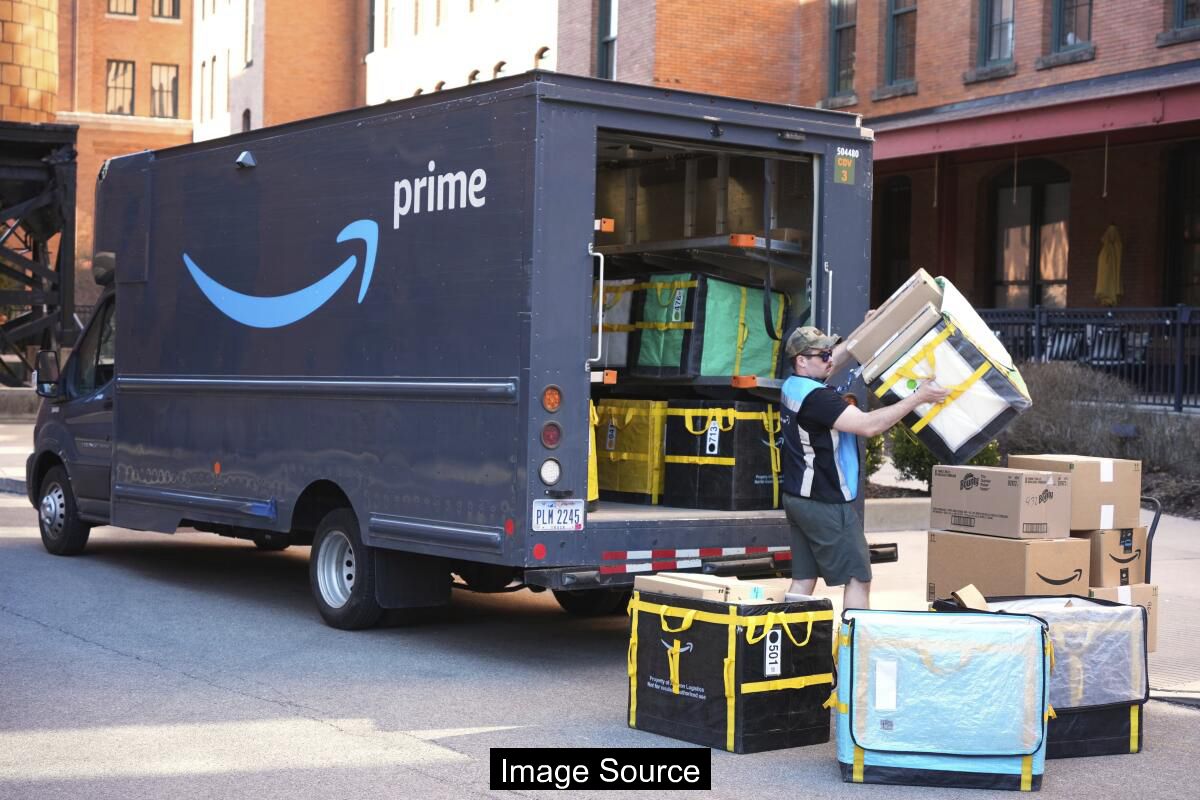The e-commerce giant Amazon has reached a substantial legal settlement following allegations of misleading Prime membership practices. The $2.5 billion agreement resolves long-standing complaints about the company’s subscription cancellation process and billing transparency, marking one of the largest consumer protection settlements in recent tech industry history.

Amazon’s Massive Prime Settlement Explained
Amazon has agreed to a landmark $2.5 billion settlement with the Federal Trade Commission (FTC) over allegations of deceptive Prime subscription practices. The settlement addresses accusations that the company manipulated customers into signing up for Prime memberships and created complex cancellation processes. This legal action represents one of the largest FTC cases against a major tech company in recent years.
The lawsuit, initially filed in 2023, claimed Amazon used manipulative user interface designs to trick consumers into automatic renewals. By creating intentionally confusing enrollment and cancellation flows, Amazon allegedly enrolled millions of customers without clear consent. The settlement aims to provide financial relief and enforce more transparent subscription management practices.
Under the terms of the agreement, Amazon will pay a $1 billion civil penalty and provide $1.5 billion in customer relief. Approximately 35 million customers who were enrolled without consent or experienced cancellation difficulties will be eligible for compensation. Eligible customers could receive up to $51 in reimbursement, depending on their Prime usage.
Settlement Details and Customer Compensation
The settlement mandates significant changes to Amazon’s Prime subscription process. The company must now provide a clear button to decline Prime membership during enrollment, eliminating previously obscured opt-out mechanisms. Customers will have a straightforward path to cancel their subscriptions without encountering complex or time-consuming barriers.
Amazon will create a dedicated website providing settlement information, customer rights, and claim submission instructions. In some instances, eligible customers will automatically receive compensation without filing a claim. The automatic payment applies to those who subscribed through challenged enrollment flows and used three or fewer Prime benefits within 12 months.
The settlement covers Prime subscriptions enrolled between June 23, 2019, and June 23, 2025. Challenged enrollment flows include subscribing through Prime decision pages, shipping option selections, Prime video enrollment, and single-page checkout processes. This comprehensive approach aims to address systemic issues in Amazon’s subscription practices.
Understanding the Legal Context
The FTC’s action against Amazon reflects broader regulatory scrutiny of Big Tech companies. Under both the Trump and Biden administrations, federal agencies have increasingly challenged tech giants’ market practices. The Amazon Prime settlement continues this trend of aggressive antitrust enforcement and consumer protection.
FTC Chairman Andrew Ferguson emphasized the settlement’s significance, stating that it returns billions to Americans and prevents future deceptive practices. Amazon maintains its innocence, with spokesperson Mark Blafkin asserting that the company has always followed legal standards and seeks to innovate for customers.
This case highlights the ongoing tension between technological innovation and consumer protection. Regulatory bodies are increasingly demanding transparency and fairness in digital subscription models, signaling potential future interventions in tech industry practices.
Prime Membership: By the Numbers
Amazon Prime remains a cornerstone of the company’s subscription revenue model. Currently priced at $14.99 per month, the service offers benefits like free delivery, streaming content, and other perks. As of 2025, Amazon boasts an estimated 197 million U.S. Prime members.
The company generated over $44 billion in subscription revenue in 2024, making the $2.5 billion settlement relatively modest in comparison. Industry analysts like Zak Stambor from eMarketer suggest the payout represents a small fraction of Amazon’s subscription earnings.
Despite the legal challenges, Prime’s comprehensive benefits continue to attract and retain consumers. The service’s deep integration into American households suggests that the settlement is unlikely to significantly disrupt Amazon’s growth trajectory.
Common Questions About the Settlement
Many consumers have questions about the Amazon Prime settlement and its implications. This section addresses two frequently asked queries to provide clarity and context.
Q1. How can I determine if I’m eligible for compensation?
A1. Eligibility depends on your Prime subscription history between June 2019 and June 2025. If you were enrolled through challenged enrollment flows and used minimal Prime benefits, you might automatically receive compensation. Amazon will create a website with detailed claim submission instructions.
Q2. Will this settlement change how I use Amazon Prime?
A2. The settlement primarily impacts Amazon’s enrollment and cancellation processes. You can expect clearer opt-out options and more straightforward membership management. The core benefits of Prime membership remain unchanged.
Strategic Pointers
The Amazon Prime settlement represents a significant moment in tech industry regulation. It signals increased governmental oversight of digital subscription practices and consumer protection. Companies will likely reassess their enrollment and cancellation mechanisms in response.
For consumers, this settlement offers both financial compensation and improved transparency in digital service subscriptions. The case underscores the importance of understanding subscription terms and maintaining awareness of enrollment processes.
Looking forward, tech companies may proactively modify their user interfaces and subscription models to avoid similar legal challenges. The Amazon case serves as a potential blueprint for future regulatory actions against deceptive digital practices.
※ This article summarizes publicly available reporting and is provided for general information only. It is not legal, medical, or investment advice. Please consult a qualified professional for decisions.
Source: latimes.com